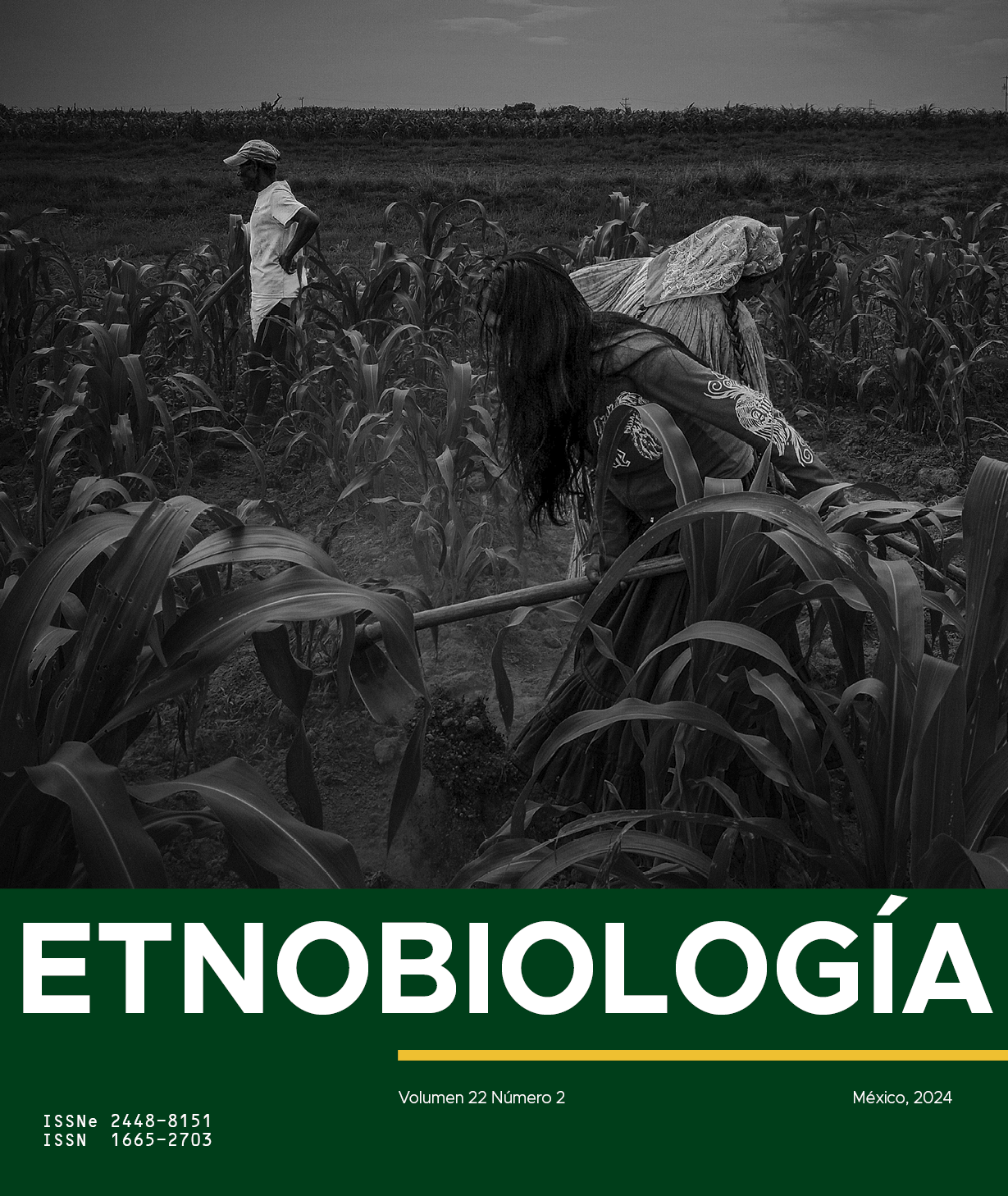FUNGIFORM REPRESENTATIONS OF THE GENUS Amanita (AMANITACEAE, AGARICALES) IN ARCHAEOLOGICAL EVIDENCE FROM MUISCA AND SAN AGUSTÍN CULTURES OF COLOMBIA
Abstract
The knowledge of Amanita genus mushrooms has been reported in different ancient cultures of the world, in relation to many uses of these mushrooms by human communities. Different anthropomorphic figurines made of gold and copper with animals, vignettes and objects with fungimorphic representations were manufactured by the Muisca culture settled on the Cundiboyacense Altiplano in the Eastern Cordillera of Colombia and deposited in lakes, caves, agricultural fields, hilltops and ceramic containers as votive offerings. In turn, the San Agustín culture, which occupied the eastern foothills of the Colombian Massif in the Alto Magdalena region, at south of Huila department, was characterized by its sculptural development as part of funerary rituals dedicated to its leaders and deities, in which represented different elements of nature including mushrooms. In this article, new interpretations of bioiconographic evidence that belonged to the Muisca and San Agustín peoples are proposed, suggesting an ancestral ethnomycological knowledge focused on fungal species of the Amanita genus collecting and use.


